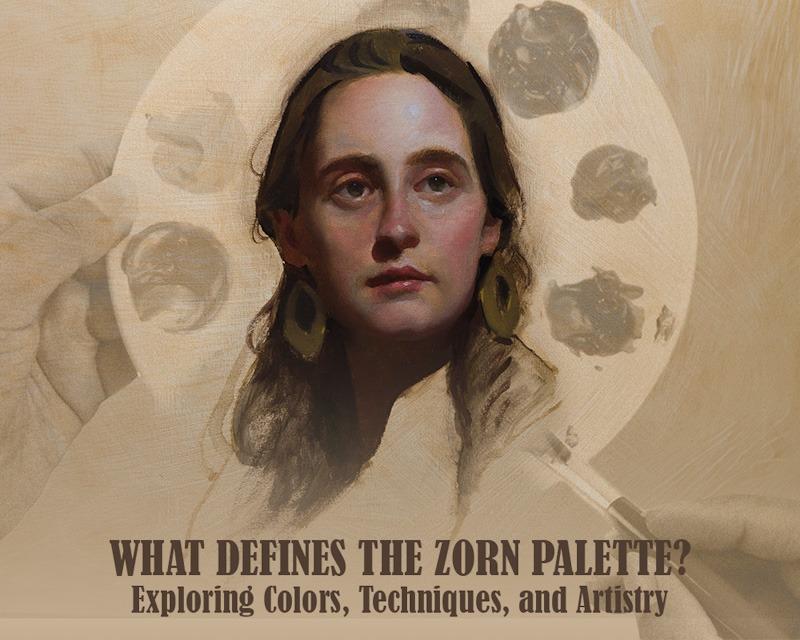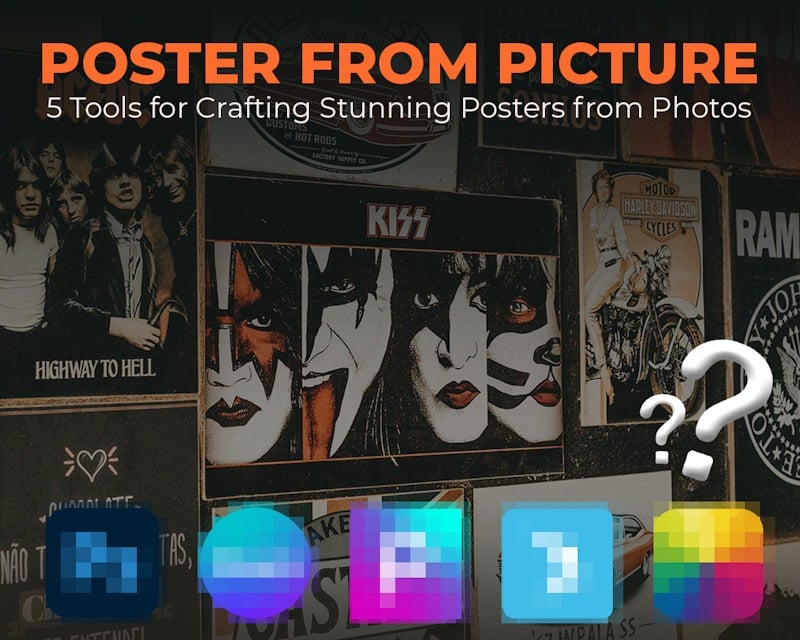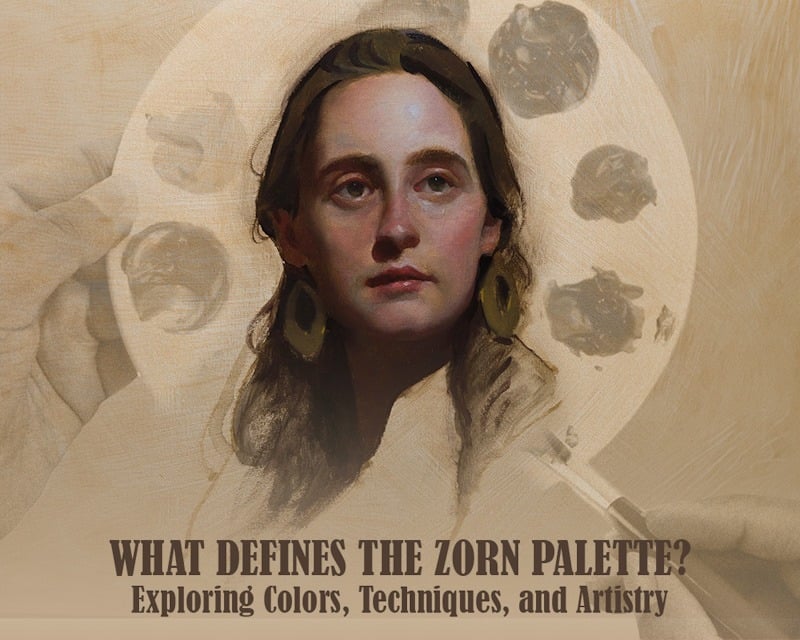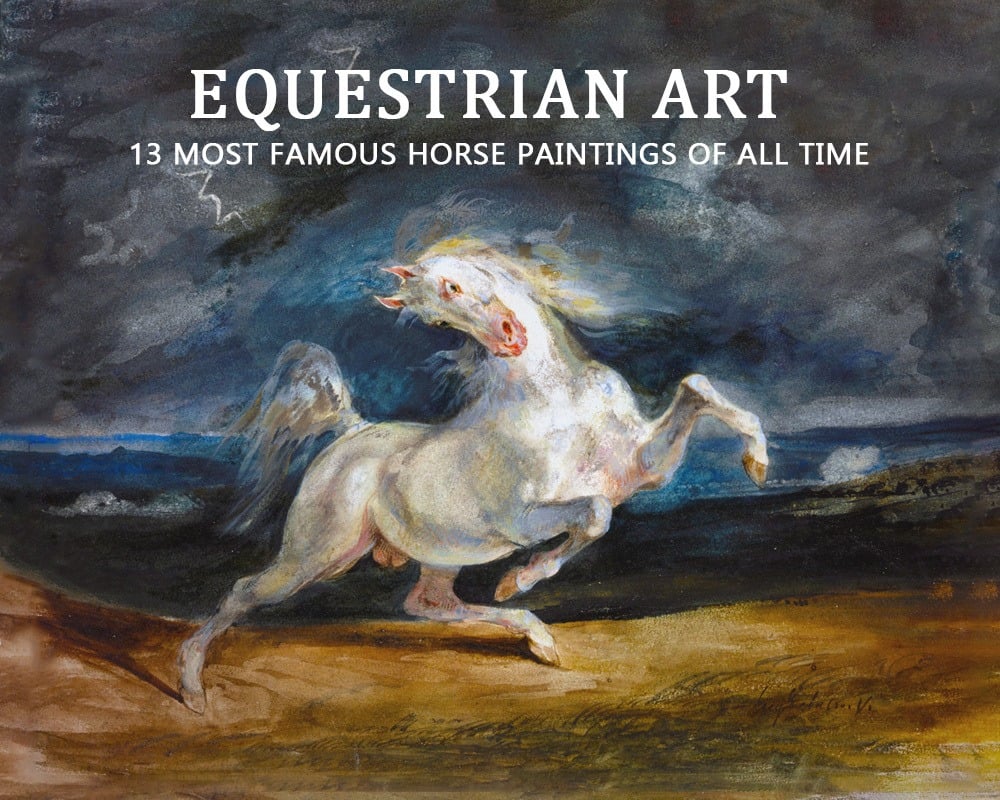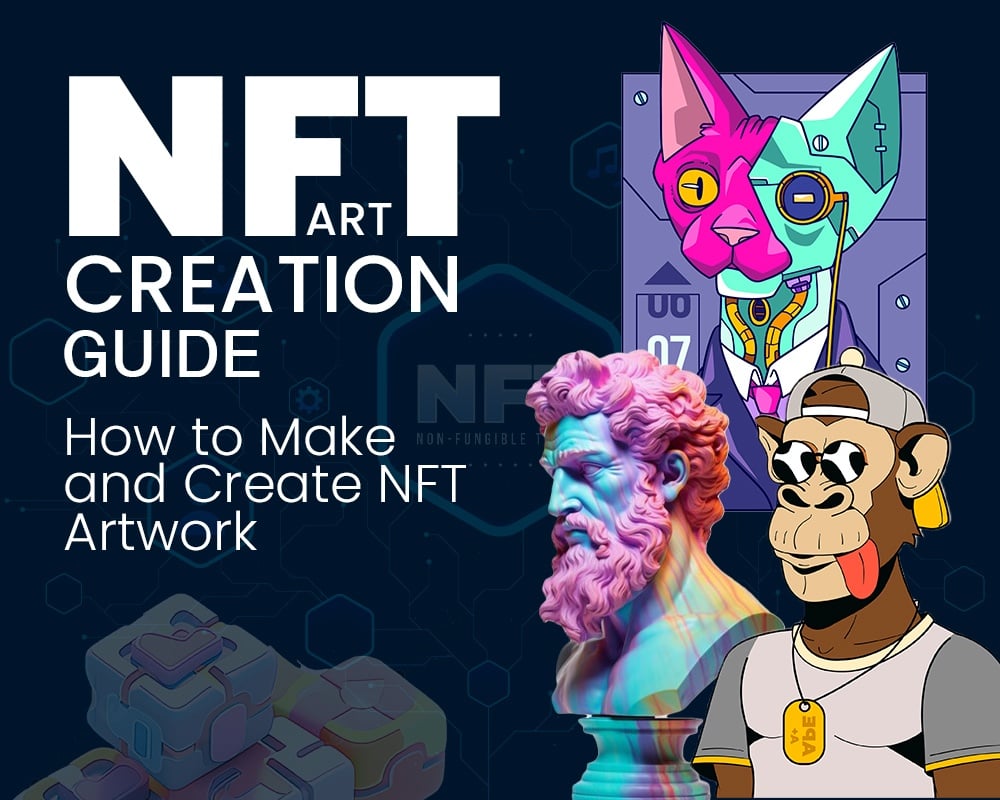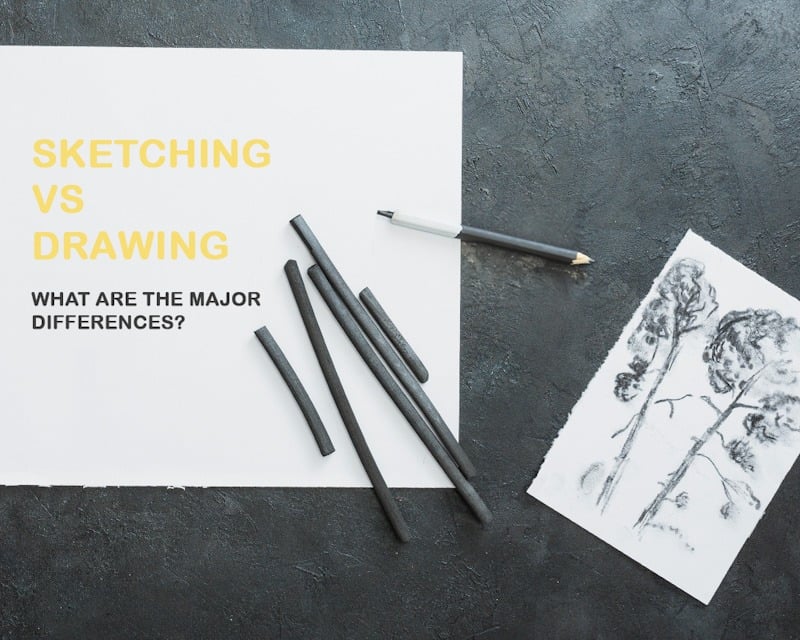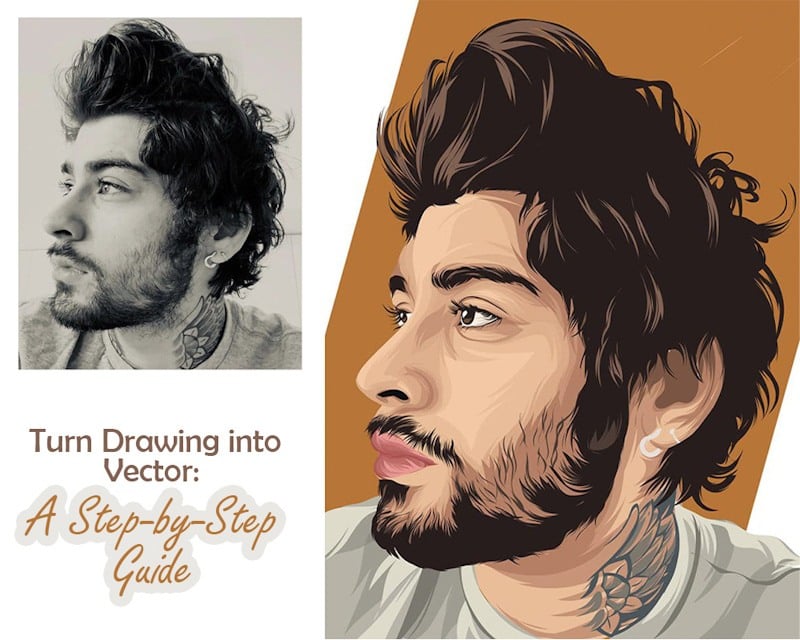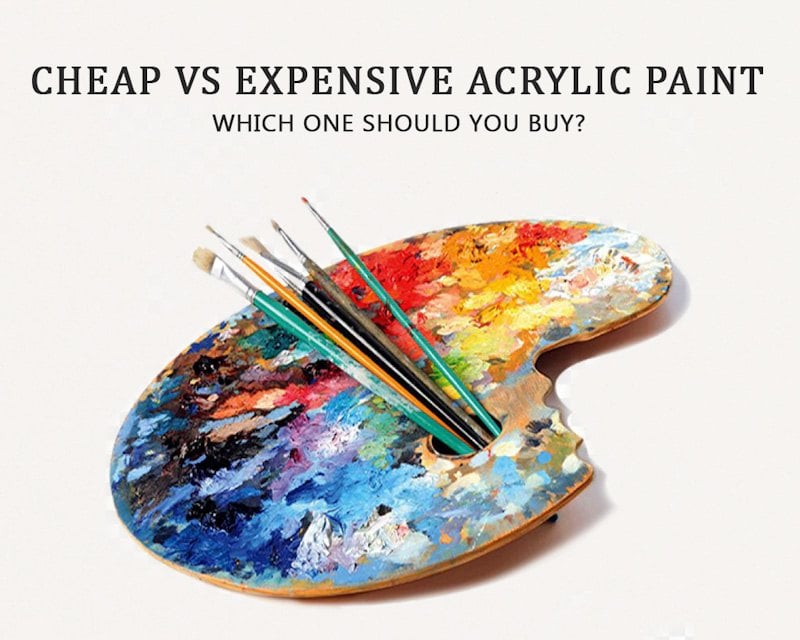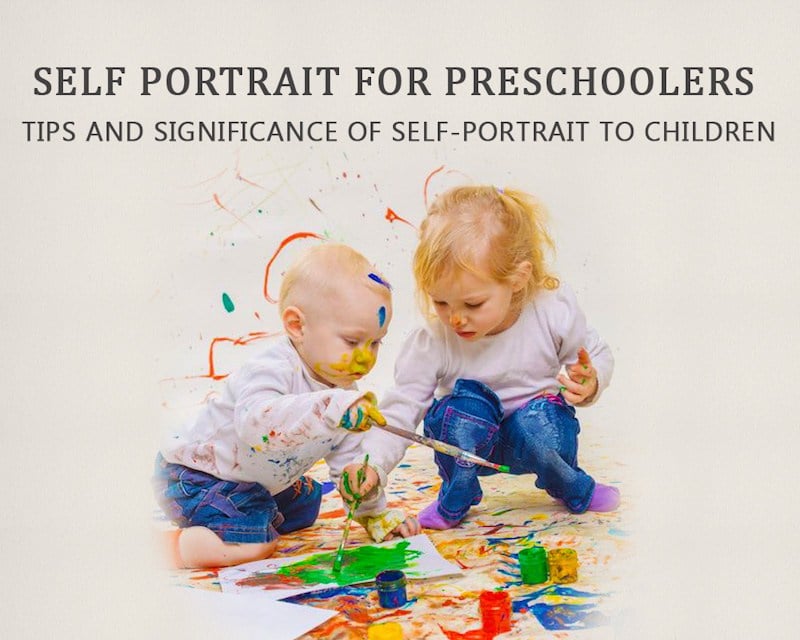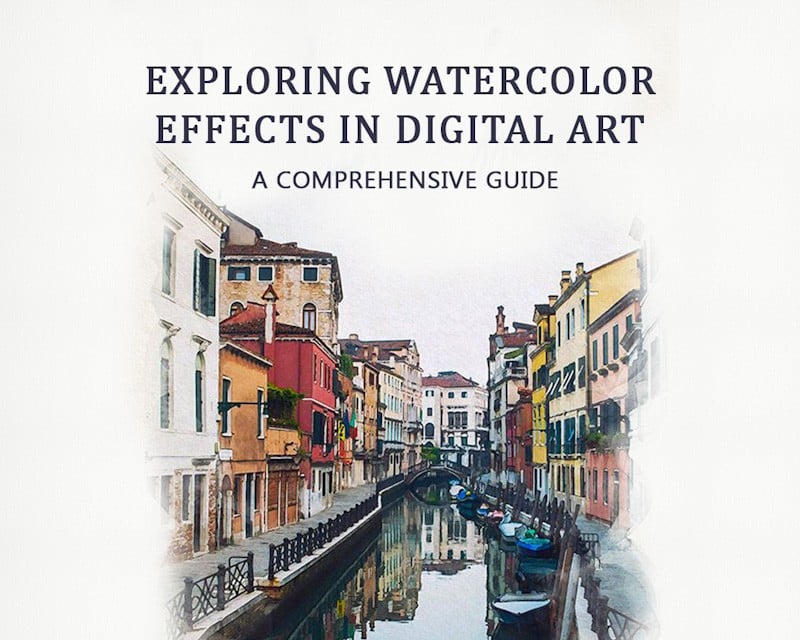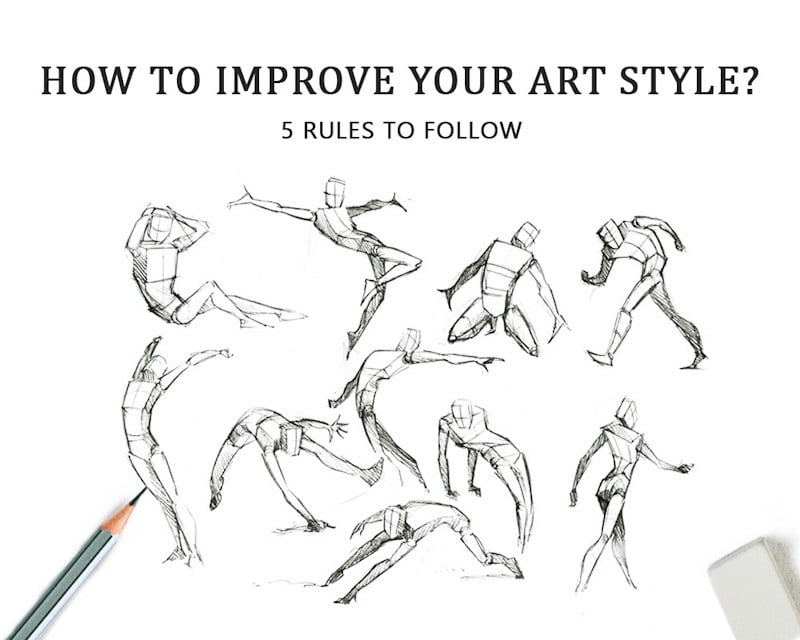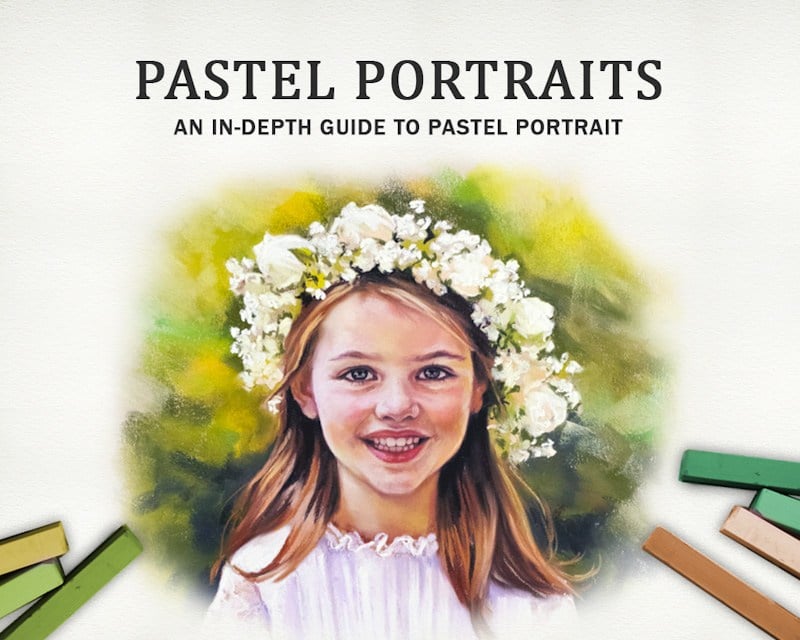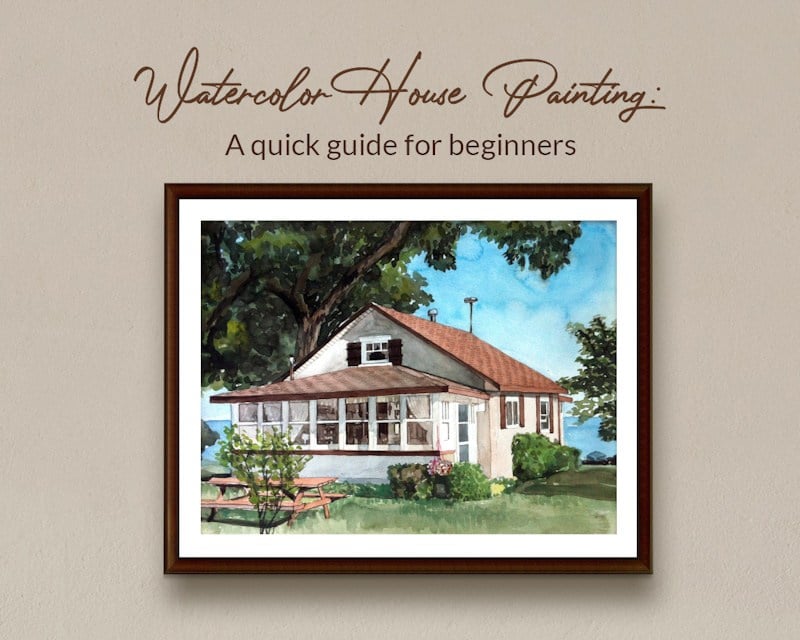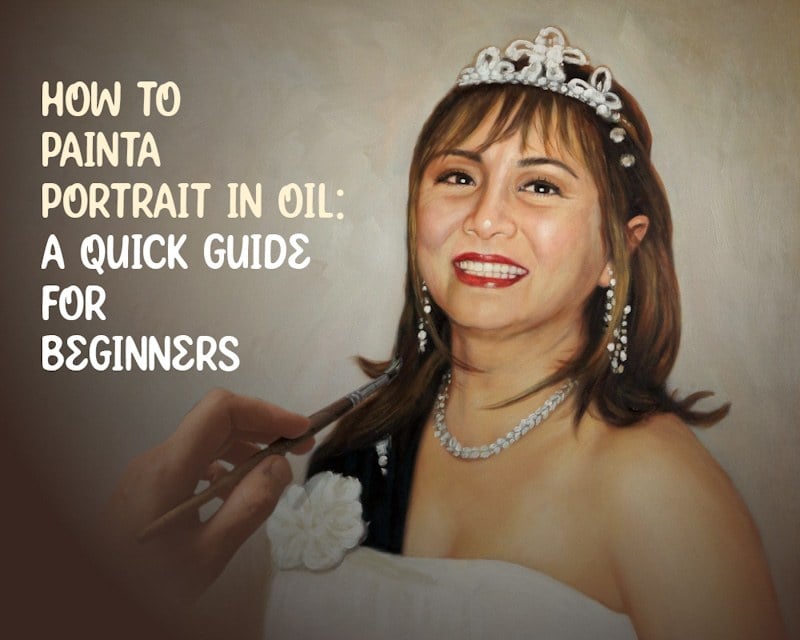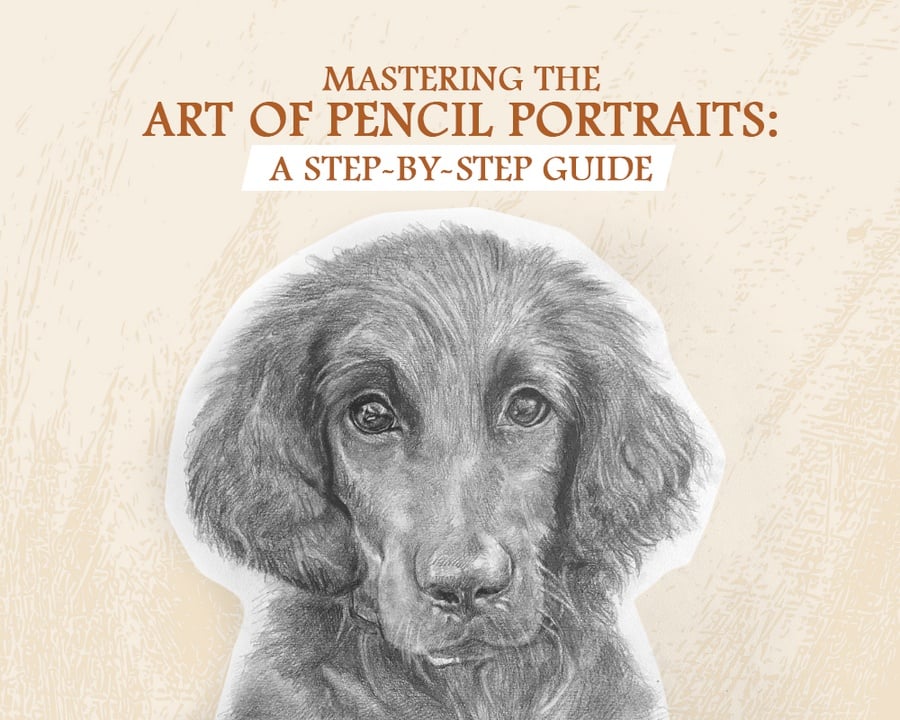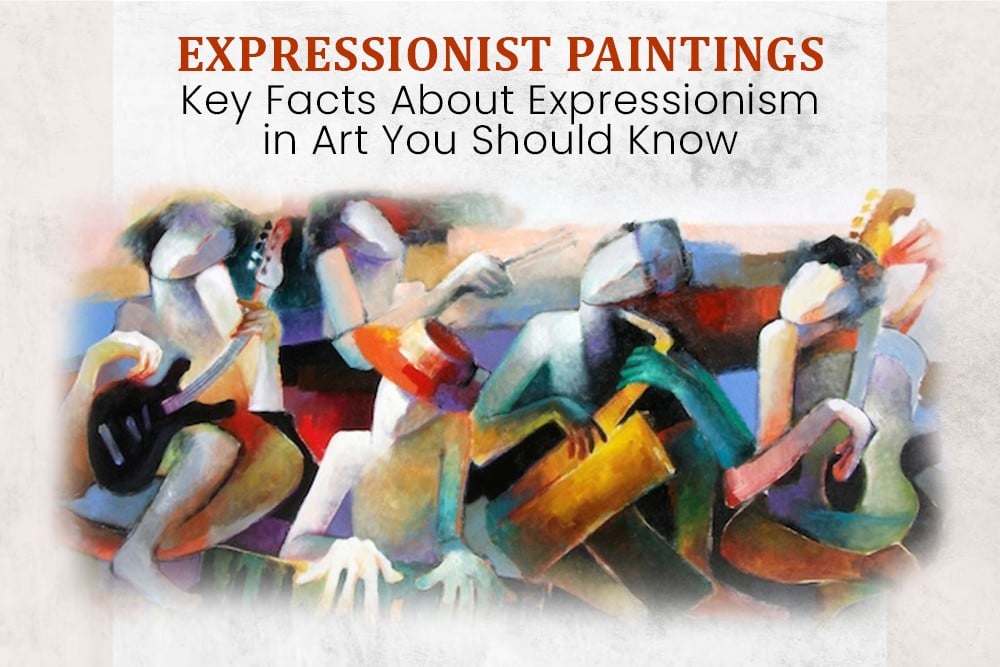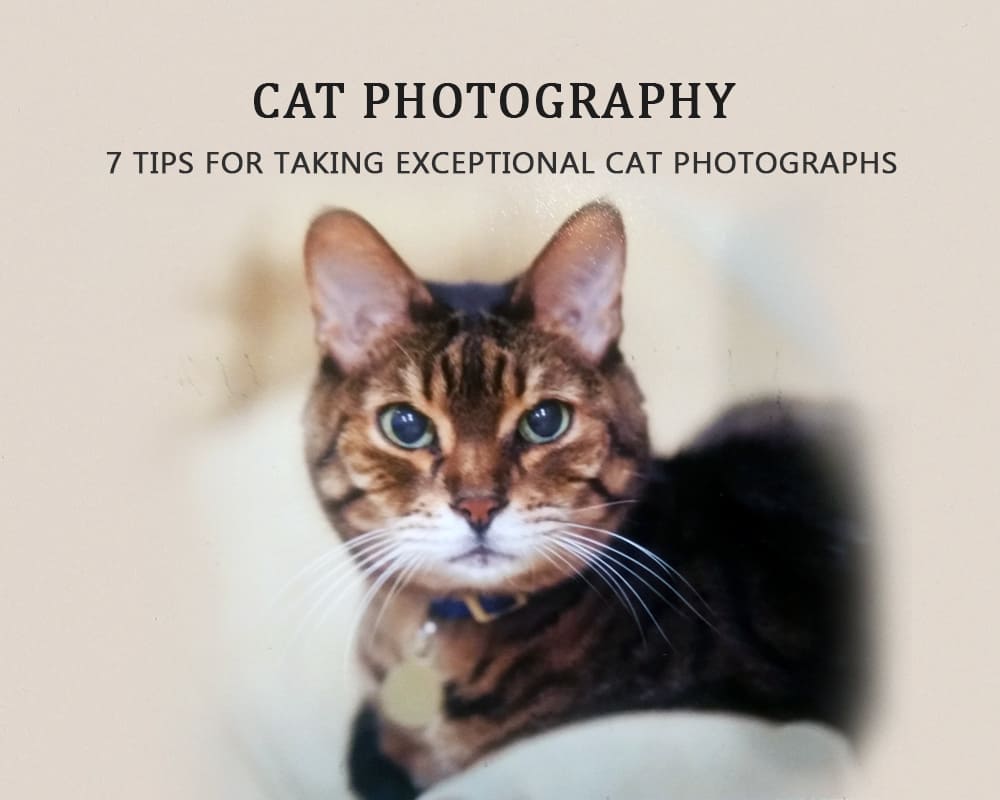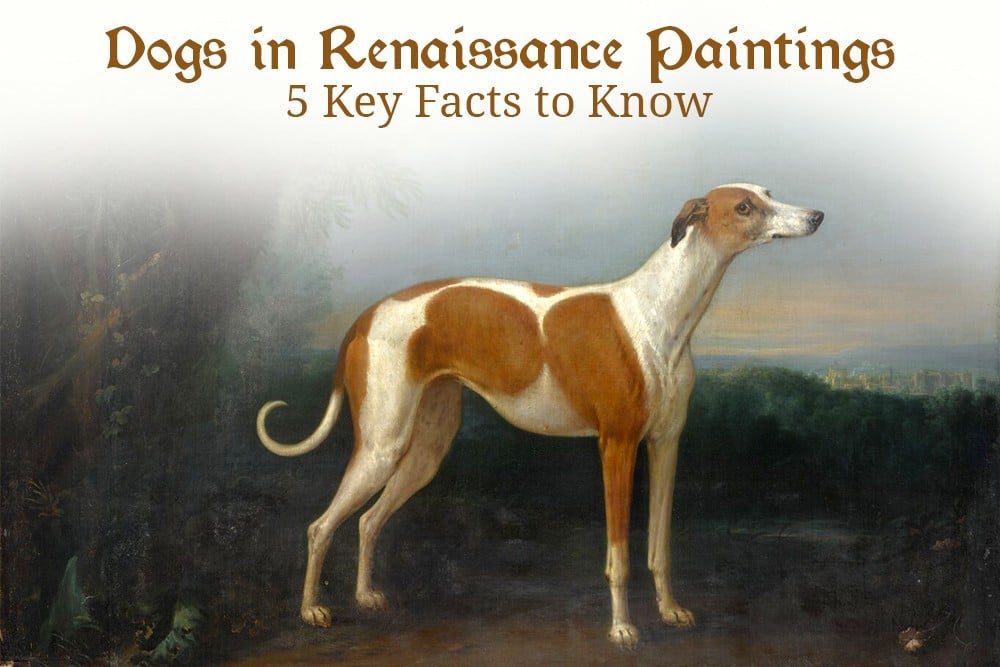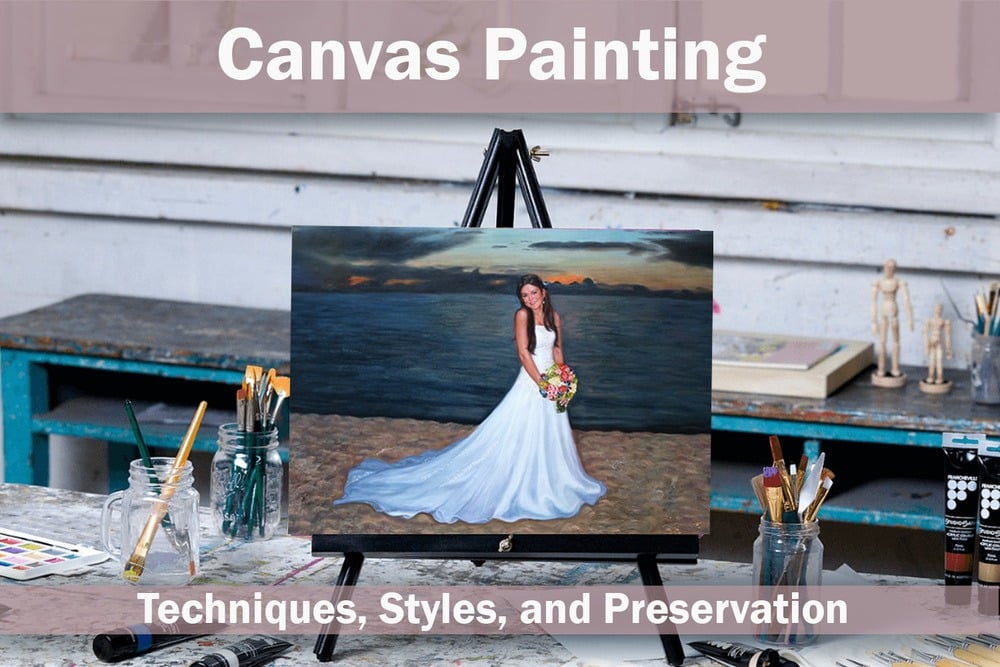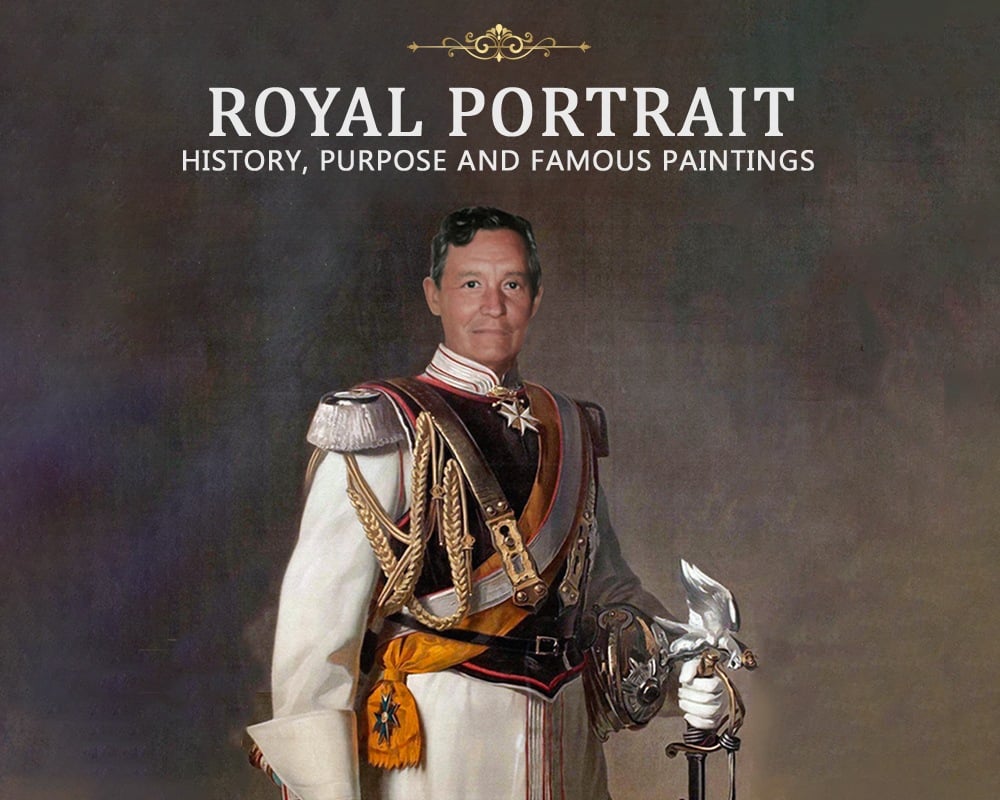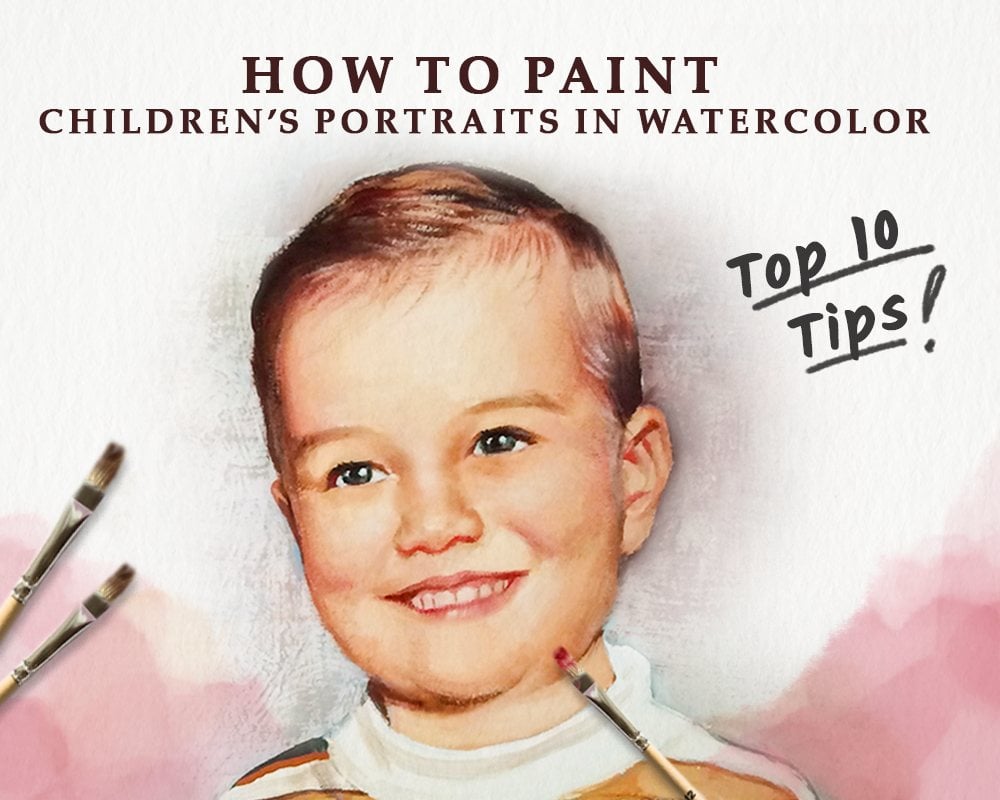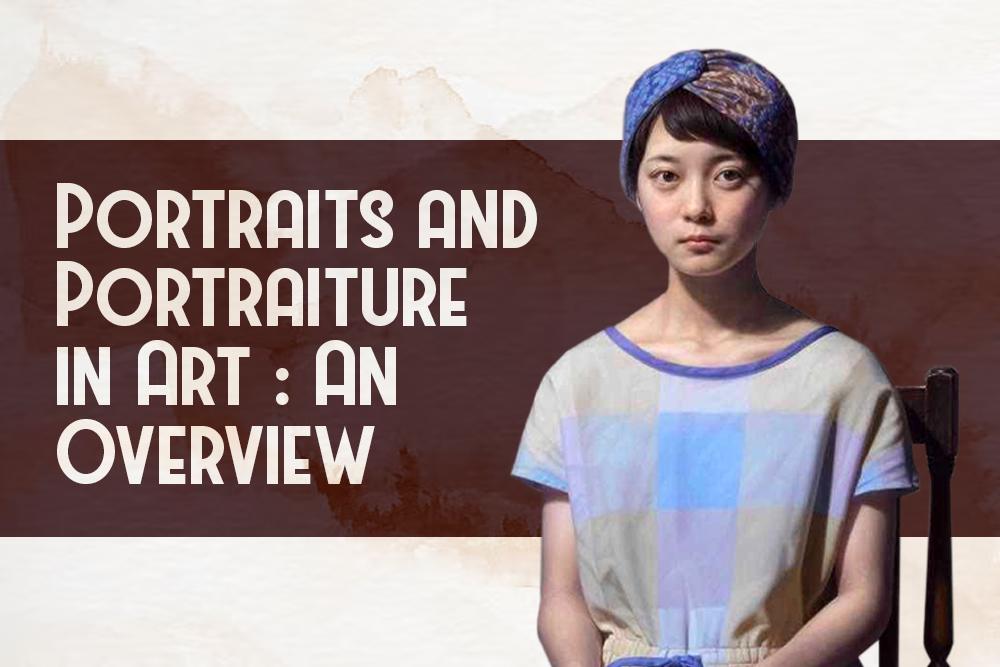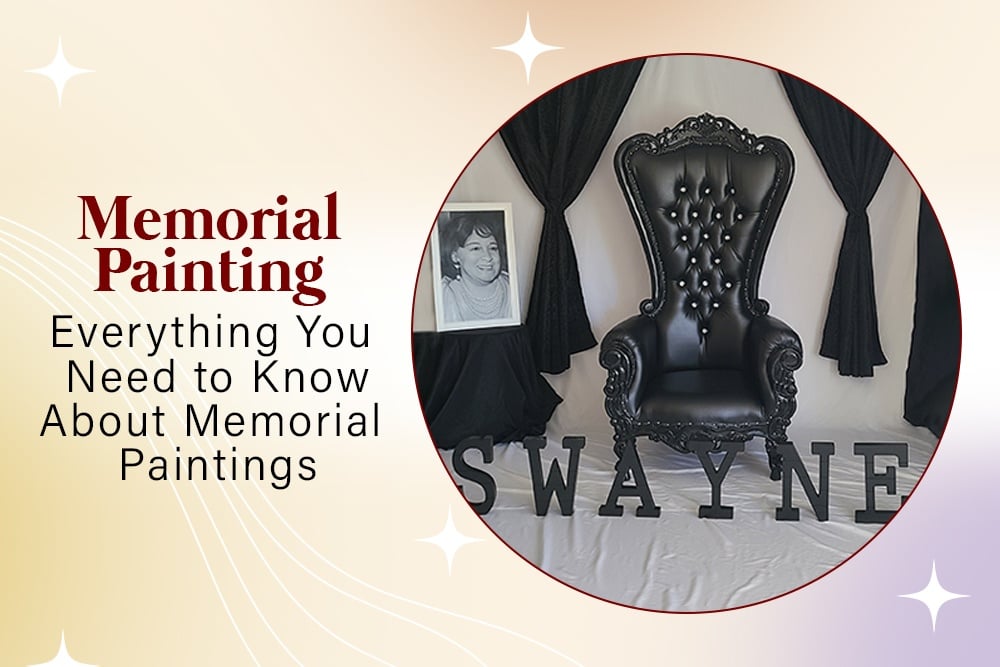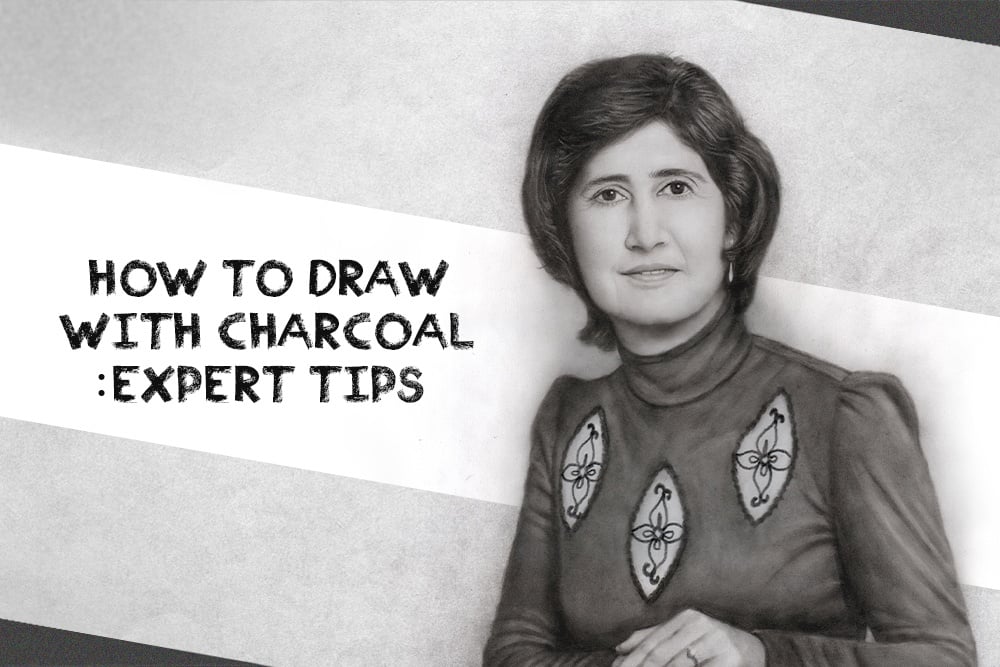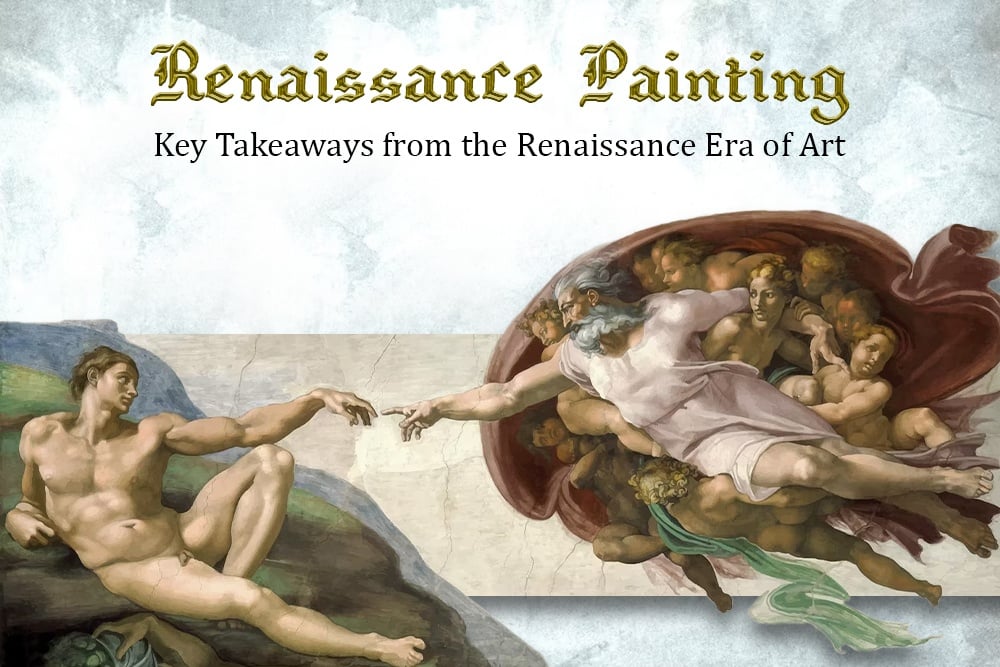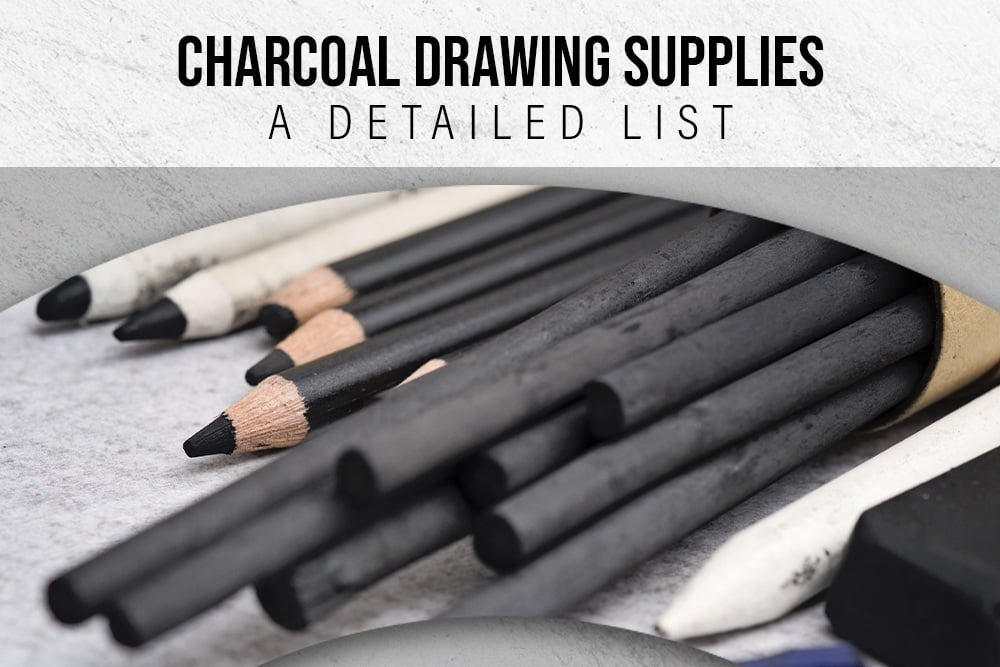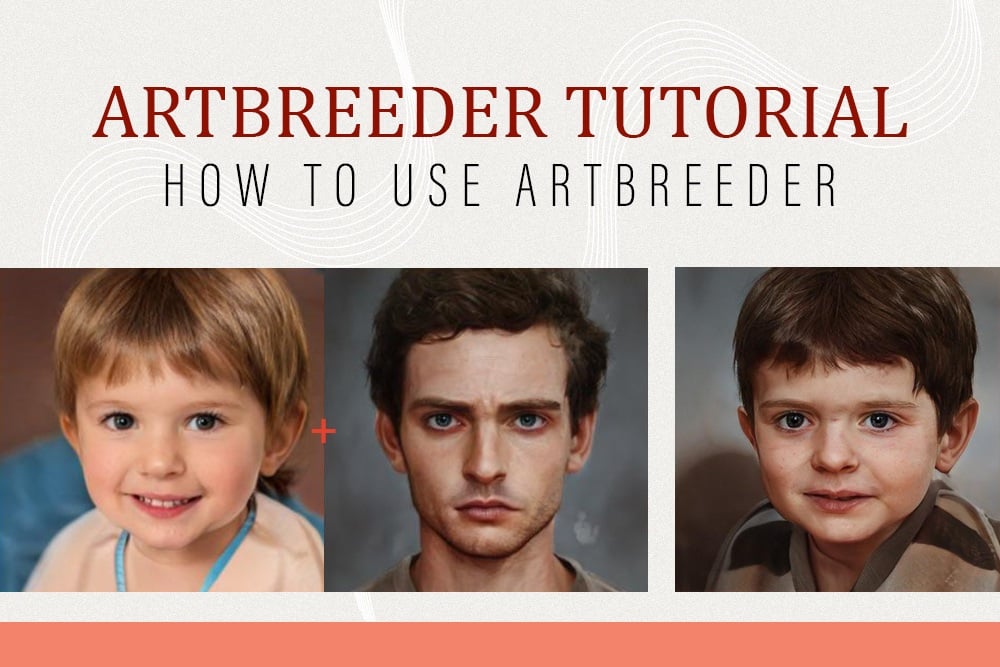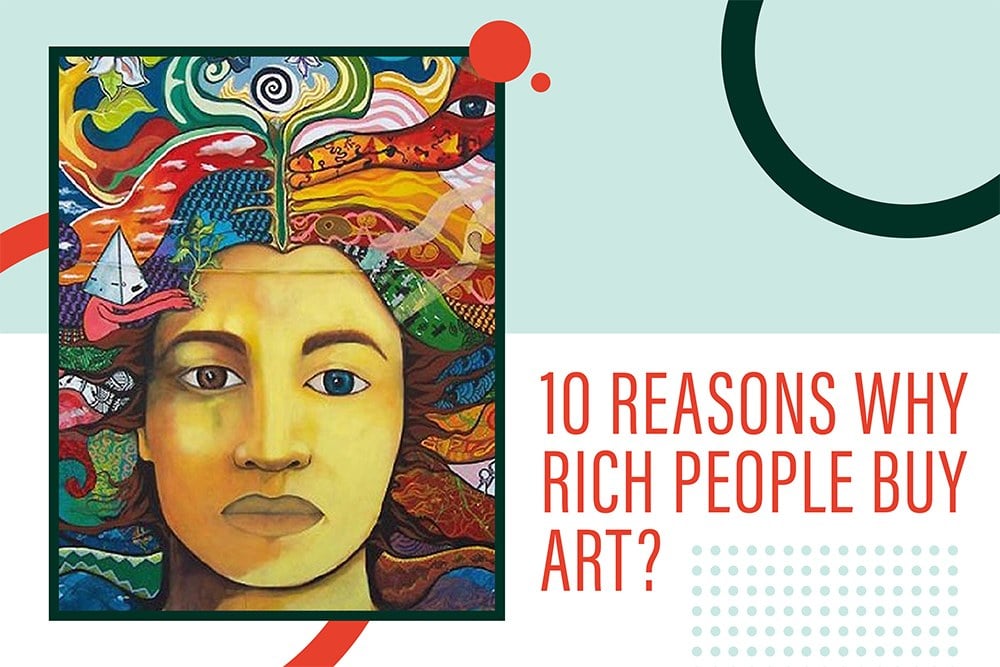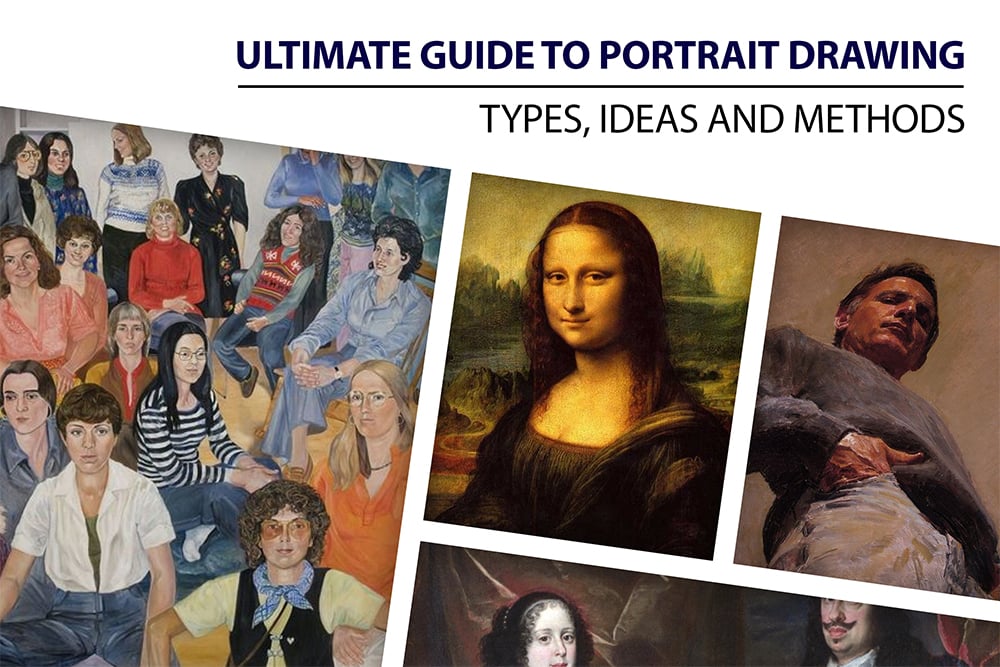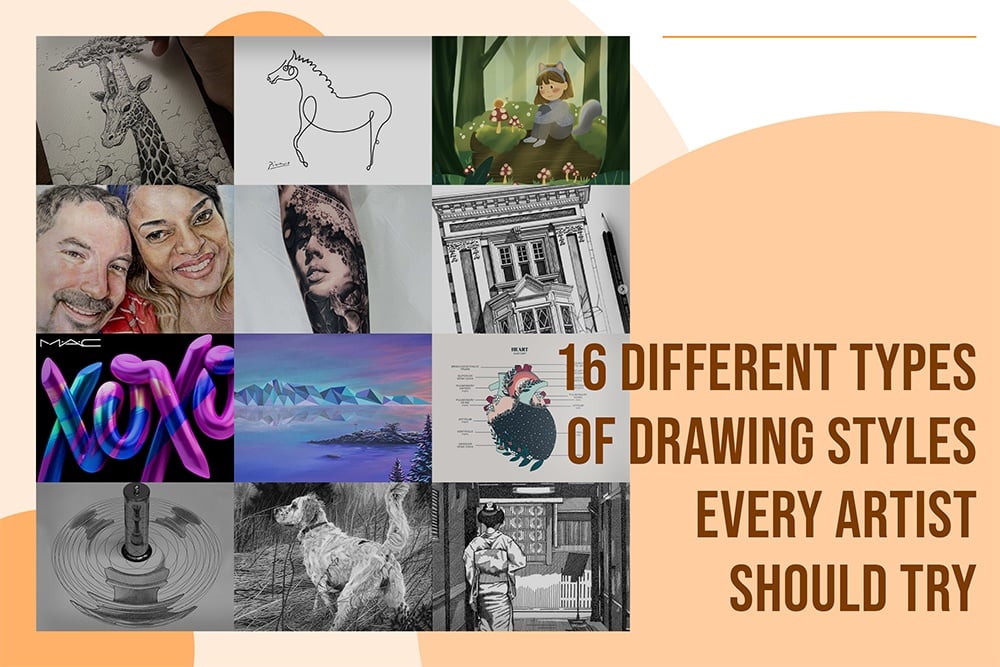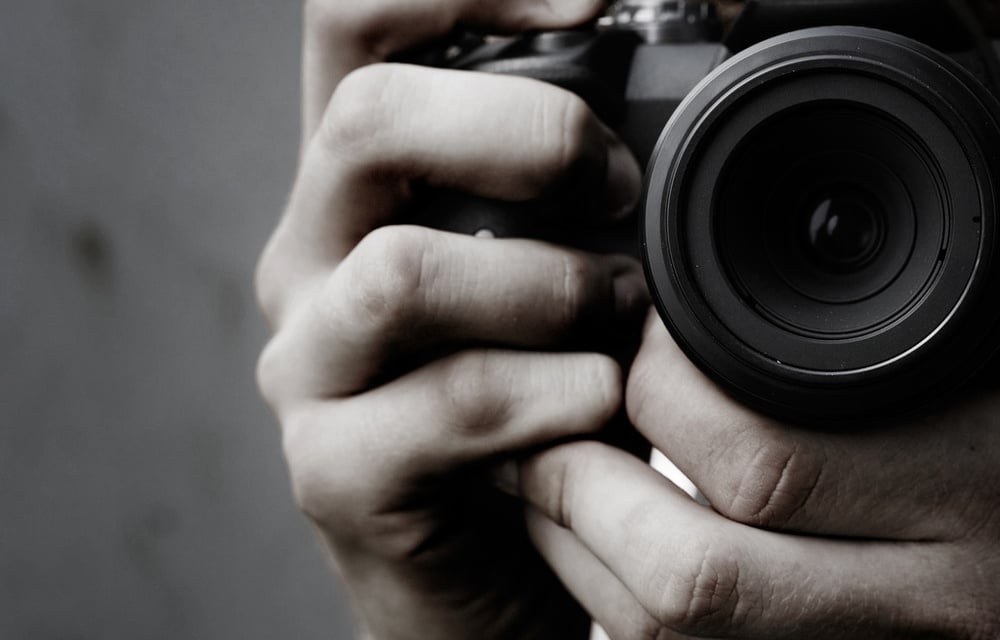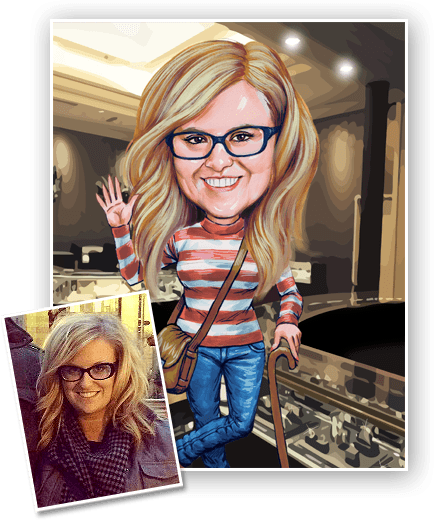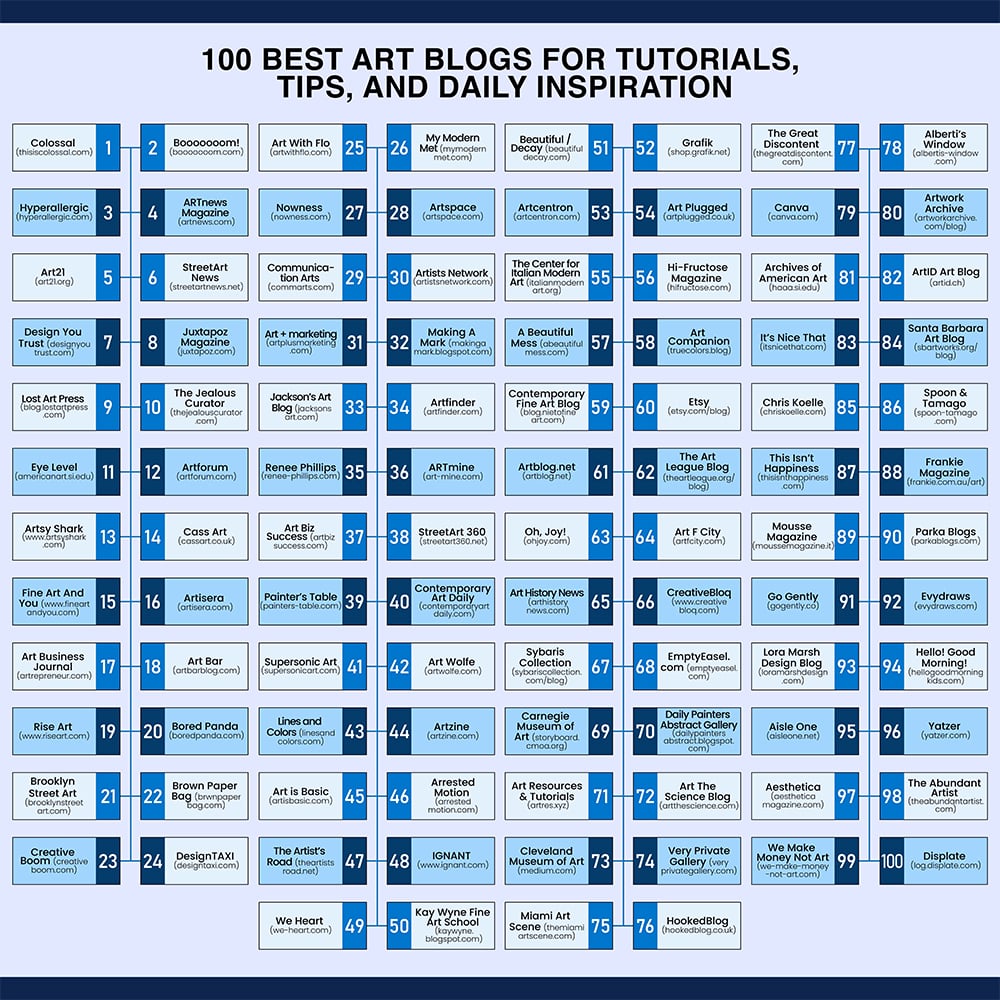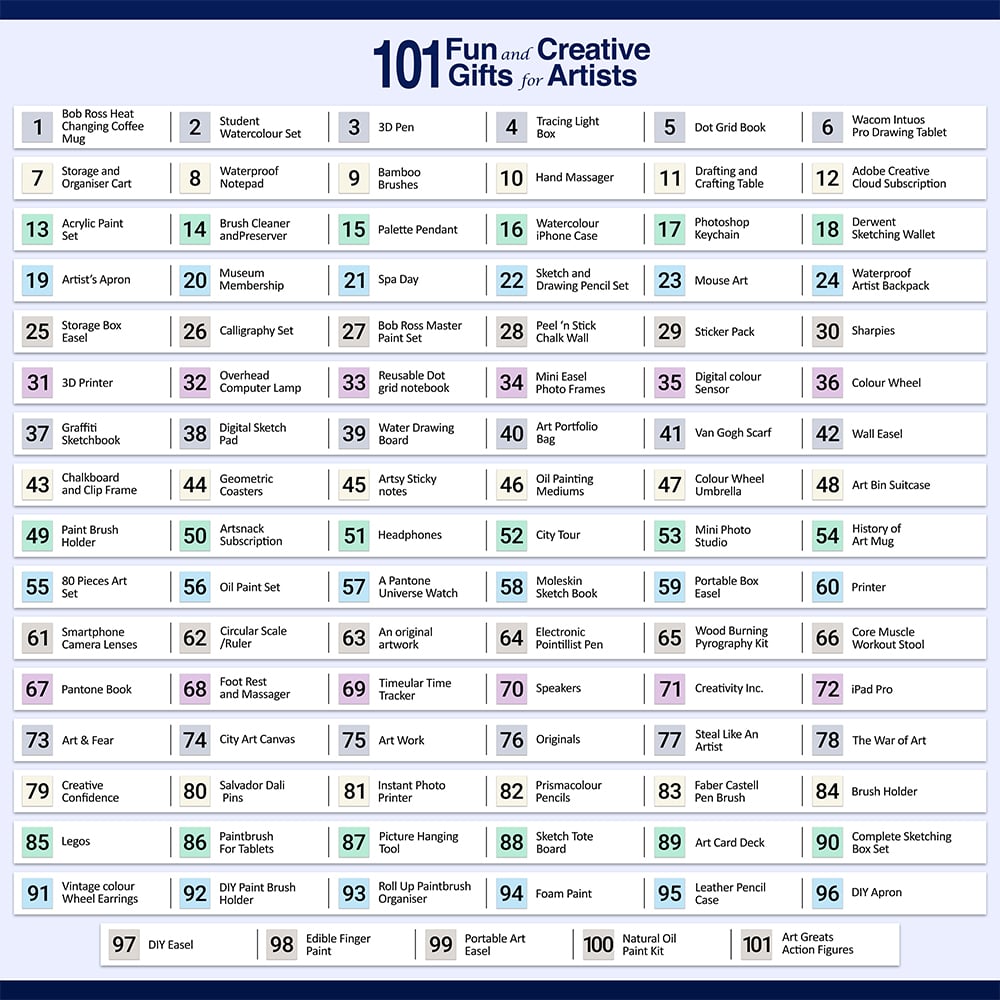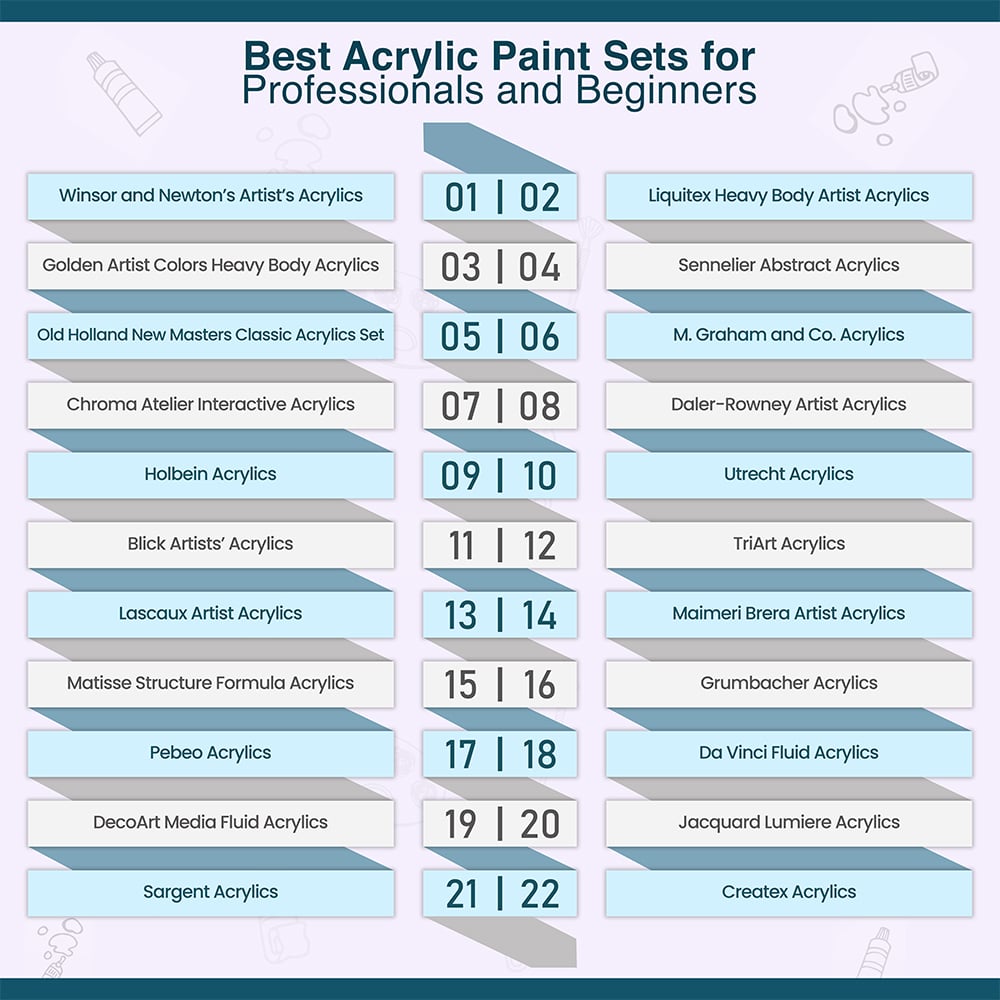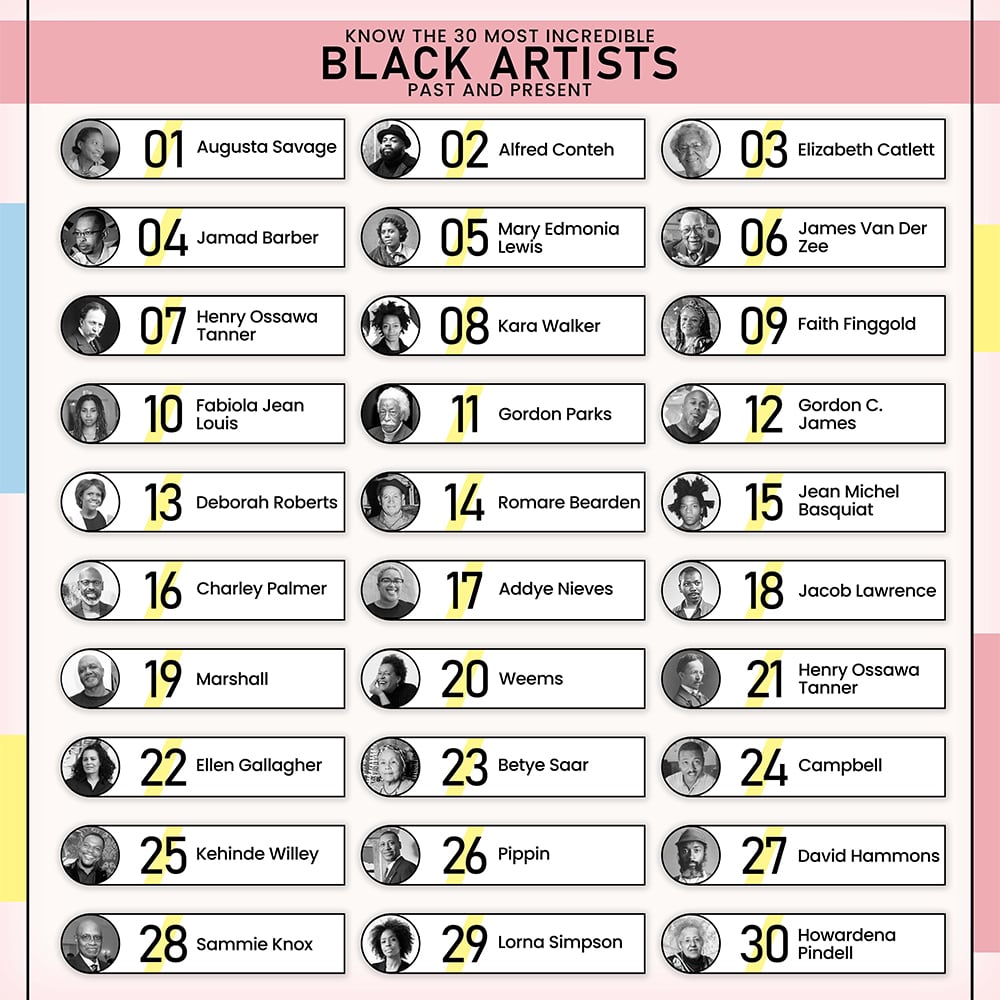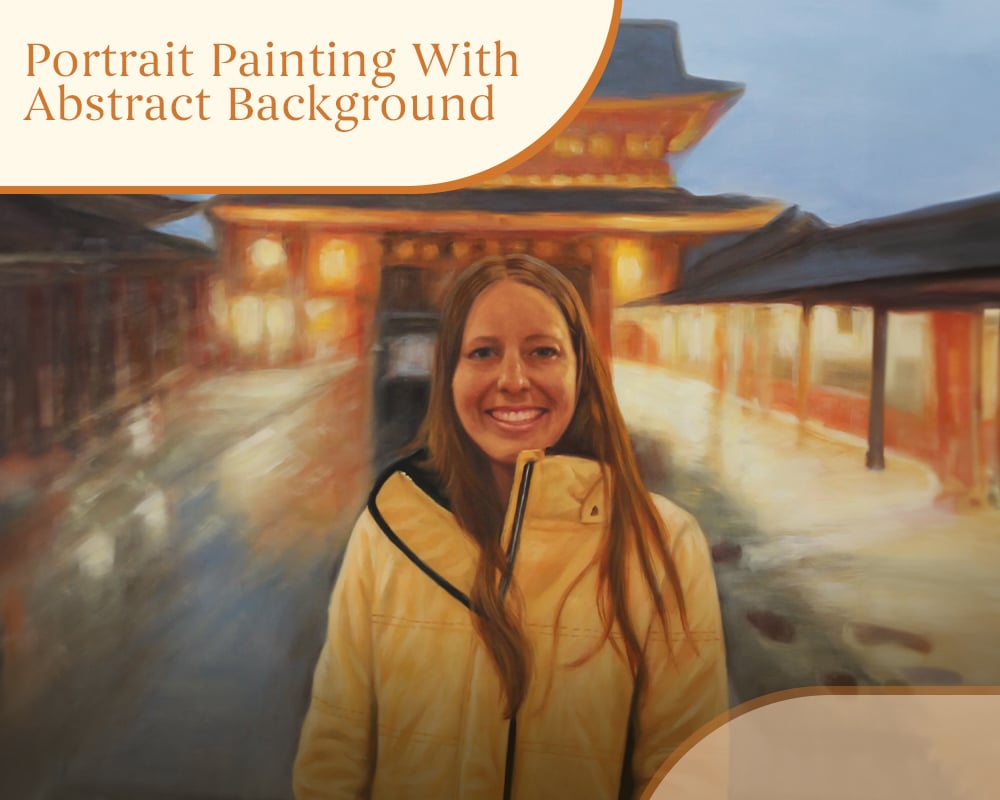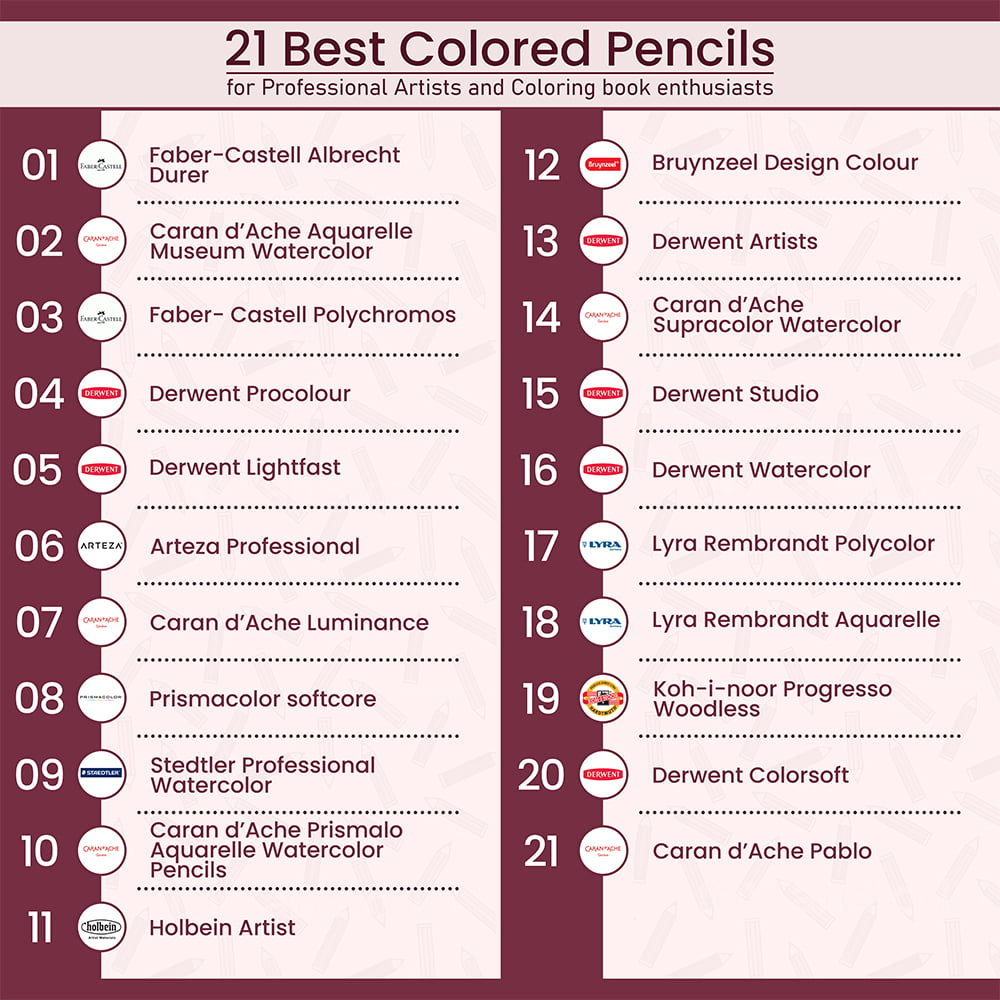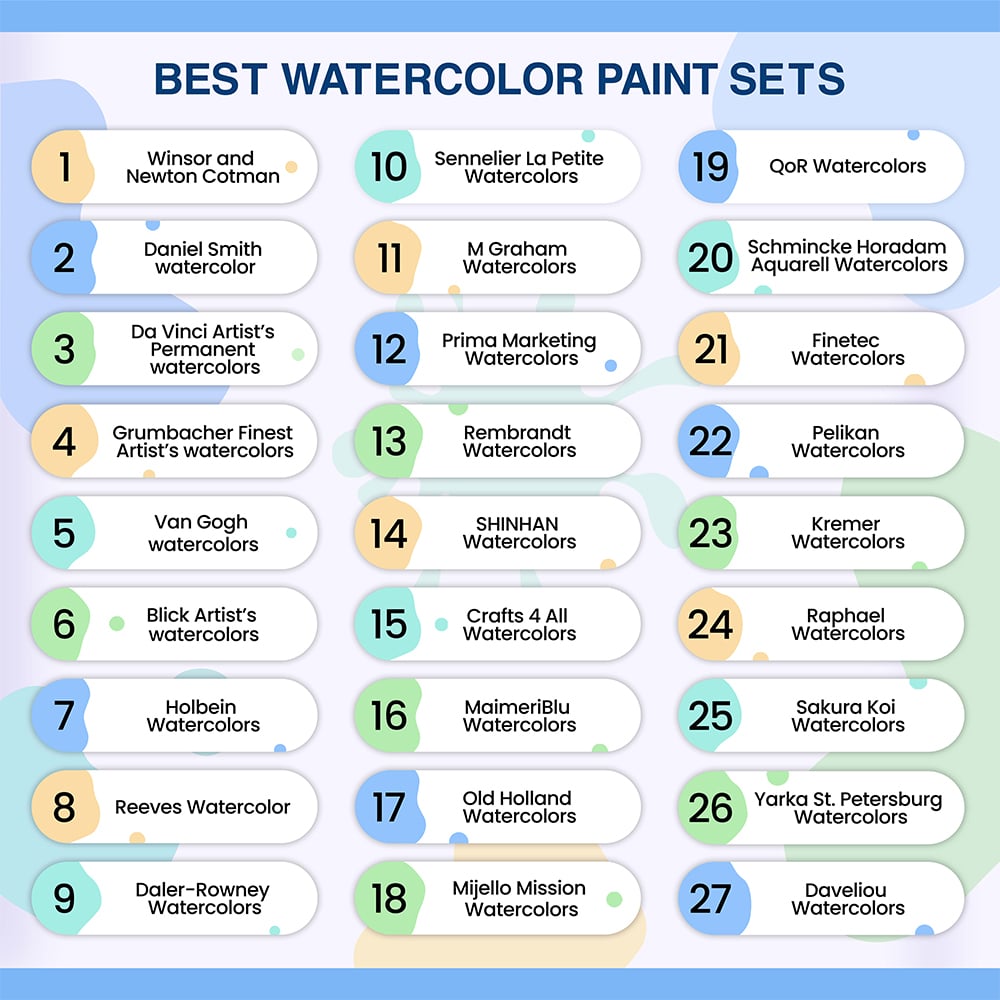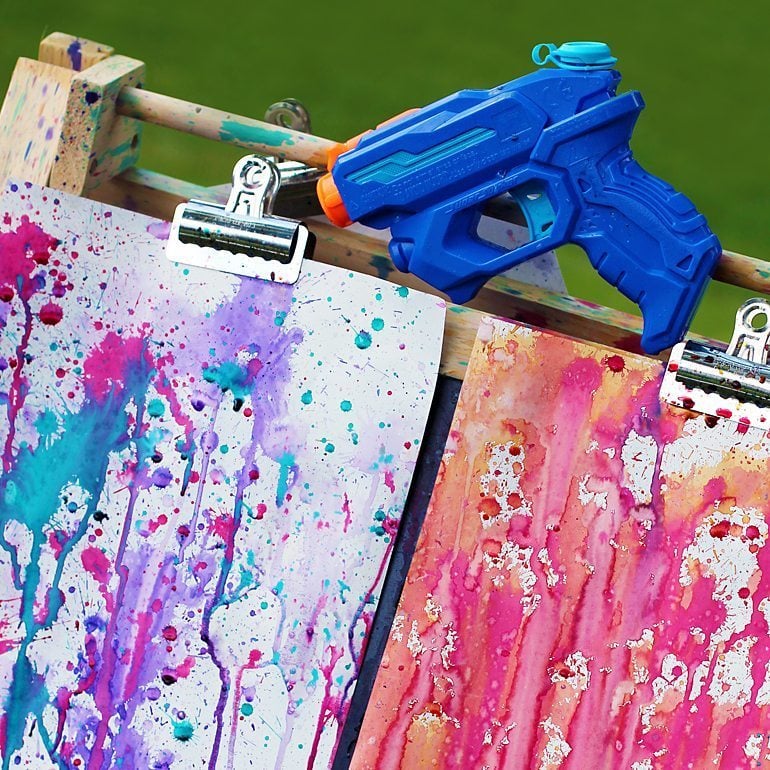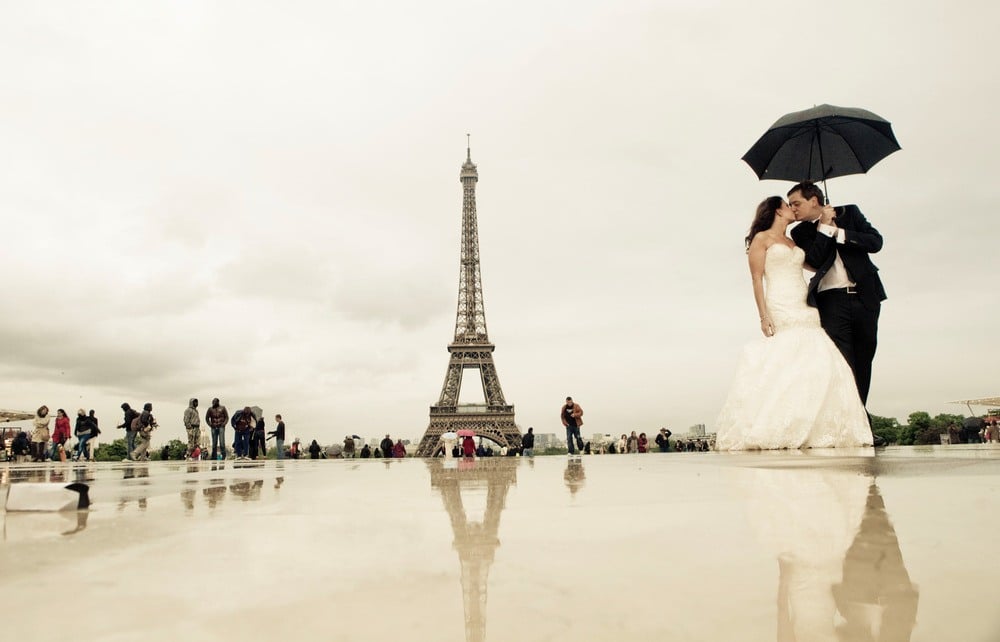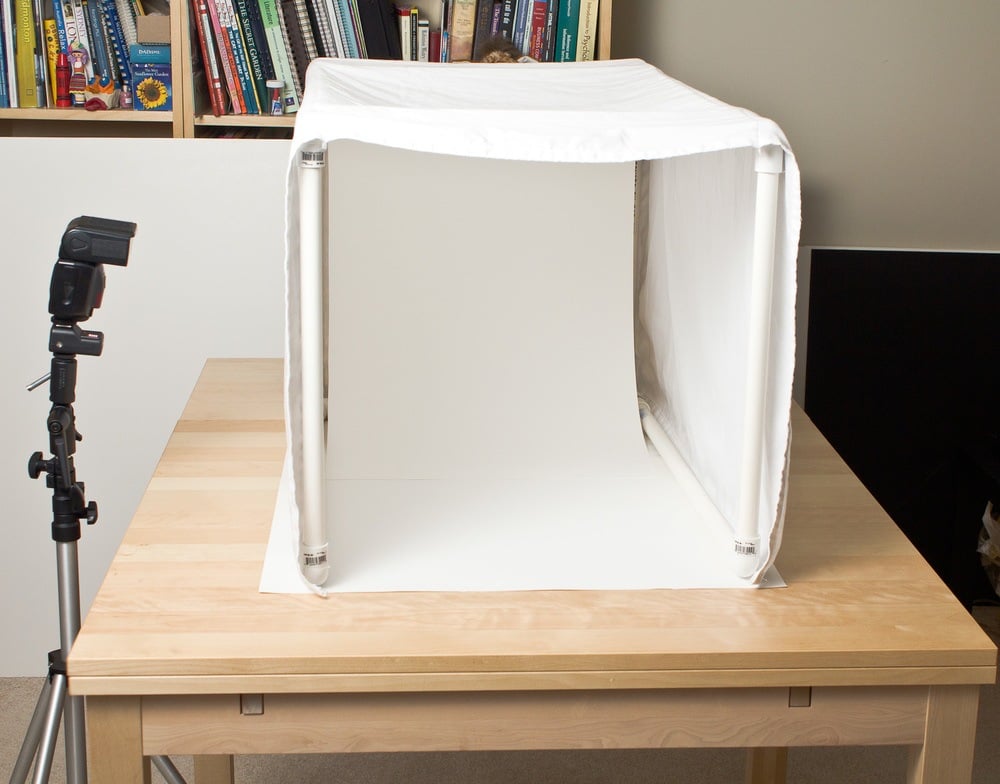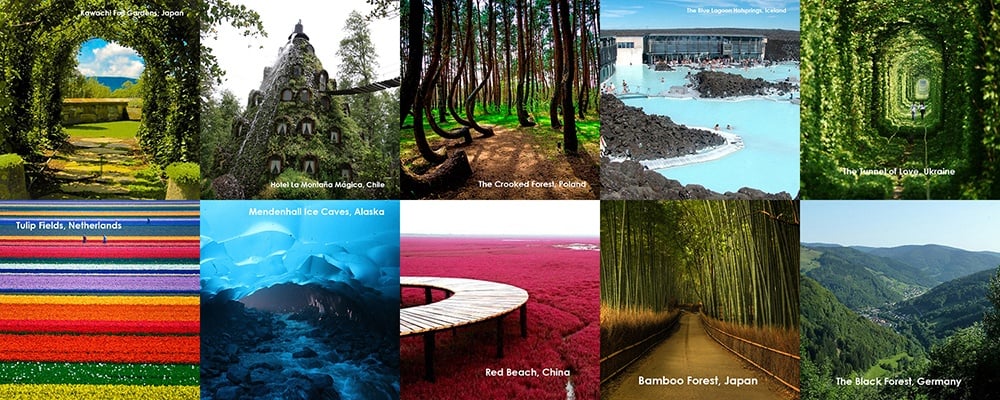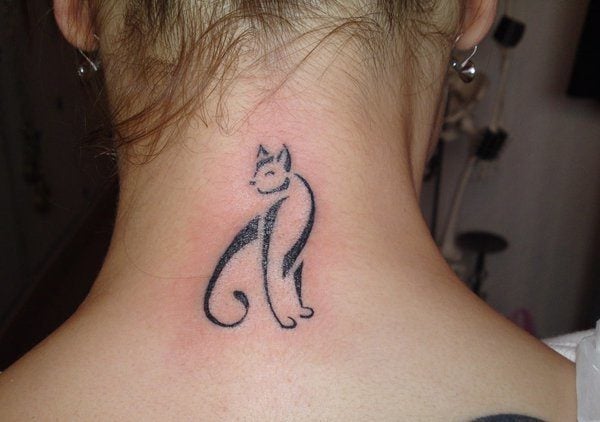I. Introduction to the Zorn Palette
Zorn Palette is a set of four colors attributed to the Swedish artist Anders Zorn (1860 - 1920). Four colors are Yellow ochre, Ivory black, Vermillion, and lead white. The Zorn palette is called the “limited palette” or “four-color palette.” Nowadays, modern artists have replaced cadmium red light with vermillion and titanium white with lead white due to toxicity concerns, but mainly because these two pigments are not readily available.

II. The Colors of the Zorn Palette
Zorn Palette Colors: Decoding the Basics
Zorn palette is made of four different colors. The Zorn palette is suitable for skin tones and flesh tones. Artists can adjust the ratios of the color. To get a wide range of colors. Cadmium Red, Yellow Ochre, Ivory Black, and titanium white are the colors of the Zorn palette. Anders Zorn was the Swedish painter behind this Zorn palette. He had a realistic yet loose painting style. By using only this amount of colors, he created a remarkable range of hues with incredible depth and realism.
- White, black: Used for changes in value. Ivory black is an excellent black that can be used as a substitute for blue.
- Yellow ochre, cadmium red, ivory black: These primary colors can be used later to make different hues.
Zorn Palette Color Wheel

This is a limited color palette. This palette typically consists of four colors, which you can read below -
- Cadmium red: This red is the primary red in the palette and is used for different warm tones in the painting, such as skin tones.
- Ivory black: Ivory black creates shadows and darker hues in the painting. It can be mixed with other colors to create a range of other deeper shades.
- Titanium white: This hue is used to create highlights and adjust the tones of the portrait or painting.
- Yellow Ochre: This yellow color provides a base for subtle skin tones and is often used for creating warm highlights and mid-tones.
This palette is limited in colors, but one can make remarkable painting pieces if one can use it skillfully. This color palette is effective for portrait painting because it simplifies the color choices and helps artists focus on value and temperature relationships in the portrait’s skin. The Zorn palette remains a valuable reference point for artists.
III. Applications of the Zorn Palette

Zorn Palette Painting: Techniques and Tips
You must have understood the Zorn palette, and now it’s time to know how you make splendid paintings. With the Zorn palette, you must understand some tips and techniques to paint and make masterpieces flawlessly.
- The Zorn palette benefits more from painting directly on a white background. The white color gives more vibrancy.
- Take out ivory black, squeeze out ivory black, titanium white, cadmium red, and yellow ochre, the Zorn palette of limited colors.
- Take a tonal value scale pack at the top of your palette with varying degrees of black and white. Start with pure white color, and create several steps of increasingly darker grey until you end the value with pure black.
- Mix some black with cadmium red and a little yellow ochre to create a warm brown.
- You can also mix a medium of stand oil & genuine turps to improve the paint flow.
- For flesh tone, create some warm and cool mixes on your palette.
- With the large filbert brush block in the basic shadow shapes of the head in a broad.
- You can make a violet color by mixing a little red and a little black.
- Add a warm, creamy color with white and a little yellow ochre to create a light tint.
- If you are creating thinner-skinned, bonier parts of the head, remember that they are more excellent areas; you must add a blue/green mix.
- You can use warmer tones such as red/yellows for fleshier parts.
- You should mix olive green with black and ivory black for the more excellent face areas, for example - under the eyebrows and the eye sockets.
IV. Extended and Adapted Zorn Palettes
Extended Zorn Palette: Beyond the Basics
Popularized by artist Ander Zorn, this palette typically consists of a limited set of colors: ivory black, vermillion (cadmium red), titanium white, and yellow ochre. If any artist mixes all these colors, it is possible to create a wide range of hues.
Extending the Zorn palette might involve an additional few colors, such as cobalt blue for various greens and blue hues. Raw color mixed of umber or burnt sienna can also be included to adjust the warmth and brown shades. By mixing all these colors, artists can achieve the spectrum and achieve more subtle distinctions.
Adapting the Zorn palette can include substituting colors within the limited variety to achieve different forms. For example, change vermillion with a different red, like crimson or cadmium red light; this way, you can alter the painting's overall color variety and temperature.
Various artists experimented with the Zorn palette, such as -
Morgan Weistling
He uses a few additional colors, like burnt sienna and ultramarine blue. He adapts this palette to create harmonized and detailed figurative works, adding more versatility while recruiting the spirit of the minimal palette.

Richard Schmid
He is known for using a more expanded limited palette; Schmid’s approach includes a broader range of colors while maintaining the principles of limited mixing. He added colors such as greens, blues, and some more reds.

Nathan Fowkes
Fowkes is renowned for his vibrant and colorful paintings. He often used a limited palette but expanded it with more saturated and varied hues, deviating from traditional limited palettes to create dynamic compositions.

Zorn Palette for Different Mediums
In this part of the blog, you will familiarise yourself with how Zorn palettes are used in different painting mediums.
Oil painting
The Zorn palette is most commonly associated with oil painting. Its limited colors are great for creating paintings and other subjects due to its ability to create a wide range of hues through mixing. Artists can manipulate the consistency of oil paints and blend them smoothly, which allows for subtle vibrations.

Gouache painting
Gouache can adapt quickly to the Zorn palette. Artists may use colors like yellow ochre, cadmium red, titanium white, and ivory black. Gouache allows for layering and reactivation. Artists can build up opaque layers and achieve a wide range by adjusting water-to-paint ratios.

Watercolor painting
Watercolor artists can mimic the Zorn palette by mixing burnt sienna, cadmium red light, lamp black, and Chinese white. However, watercolor tends to be transparent, making it challenging to paint. Layering and glazing techniques are crucial to achieve the desired depth and color variation.

Digital painting
Artists can use software tools to limit their color choices in digital painting. The advantage here is the ease of adjusting color opacity and layering without the drying time constraints of traditional mediums.

Using the Zorn palette for different mediums involves understanding each medium's unique properties and behaviors.
V. Creating with the Zorn Palette
Zorn Palette Color Chart: A Practical Guide
Creating a personalized color chart for the Zorn palette involves selecting specific colors that align with the traditionally limited palette used by Swedish artist Anders Zorn.

-
Adjust the intensity
You should choose an alternative red or yellow ochre with varying intensity levels if you want a more silent or intense version of a color.
-
Organize your palette
You should always organize your palette, maintaining the tone of your palette, such as going from warm to calm.
-
Add supplementary colors
You may expand the Zorn palette even though it typically consists of 4 colors. You can add colors like burnt sienna, raw umber, or ultramarine blue.
-
Creating a color chart
Prepare a canvas or a piece of paper to create a color chart. Leave enough space to mix each color as per your choice.
-
Label and mark
Label each section with a color name and mark any specific mix you make during your observations.
-
Test those colors
Use your version of the Zorn palette while you do your painting sessions. Test which color needs to be mixed more or less.
To engage yourself more with such a limited color palette, you can engage in deliberate exercises and practices that focus on understanding the nuances and possibilities of each color. Here are some suggestions for you all -
-
Mixing exercise
Create portraits using only the limited palette options of the Zorn palette. Thus, you can explore how to make combinations to complete a picture. You can spend time working with each color individually in monochromatic studies. This is how you can understand the range of values and temperatures each color can achieve.
-
Limited color challenges
Challenge yourself to paint the entire artwork using only the typical Zorn palette. This forces you to get creative with color mixing and explore the full potential of each color.
-
Color gradations
Create a color chart that shows gradual transitions between each color in your palette. This will help you to see how smoothly you can shift from one color to another. Explore warm and cool colors to change shifts in your painting.
-
Personal color recipe book creation
Keep a record of successful color mixtures you discover during your painting sessions. This can serve as a personal reference for future projects.
-
Understand color bias
You must understand the specific characteristics and biases of the pigments in your chosen colors. Understanding the warmth or coolness of a color helps in precise color mixing.
-
Experiment with limited colors
You have to experiment with a limited amount of hues only. Try to practice mixing and creating colors as per your choice. This way, your color mixing skills will increase as per your needs.
-
Attend workshops
Participating in workshops or classes focusing on limited color palettes will increase your knowledge. You might have some need for knowledge regarding color mixing, but by practicing under experienced artists, those dots will also join.
By engaging yourself with all these exercises, you can develop your artistic skills more deeply. Over time, you’ll become more intuitive in color choice and hue-mixing skills.
Also read: How to Paint a Portrait in Oil: A Quick guide for Beginners
Basic Zorn Limited Palette: Embracing Constraints
Working with a limited color palette is a concept deeply rooted in various artistic philosophies and has been embraced by many artists throughout history.
Simplicity & focus
By reducing the number of colors, artists can focus more on the essential element of their work, whether form, composition, or emotional expression, encouraging simplicity and focus toward your work.
Increased creativity
A limited color palette can increase creativity. Artists are forced to find innovative ways to express themselves within these hardships.
Versatility
Limited color palettes are often chosen for their versatility. A well-selected set of colors can be manipulated to create a wide range of tones and hues, allowing artists to convey various moods and atmospheres.
Skill emphasis
Working with a limited color palette increases artists’s skill to create more color mixes, thus increasing their artistic skills.
Naturalistic representation
Some limited palettes aim to mimic the limited range of colors found in natural scenes. This approach is particularly evident in landscape paintings, where artists reduce the set of colors to capture the essence of a specific time of day or atmosphere.
Economic considerations
Throughout history, artists often had to work with available limited sets of colors, and choosing a limited color palette was only practical. Artists became adept at maximizing the expressive potential of a restricted range of colors.
Advantages & disadvantages of the Zorn Palettes
Every artist should know the advantages and disadvantages of any medium or palette. In this part of the blog, you will understand the advantages and disadvantages of the Zorn palettes.
Advantages
- The limited palette helps artists balance dark and light, transparent to opaque, or warm and excellent in their painting. Balanced paintings are more satisfying to the eye and create more visual interest in the viewer.
- Due to the limited color palette, there is a lesser risk of having muddy colors mixes.
- The Zorn palette can create subtle, nuanced flesh tones, which helps generate realism and still lifes.
- The Zorn palette gives a more prominent aspect of colors with just four colors than you expect. The tonal range of colors allows subtle but effective shifts in temperature and value.
Disadvantages
- The Zorn palette has no shade of blue, which can be intimidating for many artists. If they want to make blue, the closest shades are cool gray, which can be achieved by mixing ivory black and titanium white.
- The palette is only partially suitable for a wide range of paintings, such as landscapes, but one can use it for still lifes and portrait painting.
VI. Frequently Asked Questions (FAQs)
How does the Zorn palette work?
Zorn palette limits color choices but still allows a wide range of hues mixed with four typical Zorn palette colors.
Which colors are in the Zorn palette?
The Zorn palette has four colors: Cadmium red, yellow ochre, Titanium white, and ivory black.
What are the Zorn skin tones?
Yellow ochre, crimson red, titanium white. These colors can be used mindfully to create flesh tones.
Is the Apelles palette the same as the Zorn palette?
The Apelles palette and Zorn Palette are both the same.
VII. Conclusion
Zorn palette is an exciting and great path to include in your artistic journey. As a beginner or even a professional artist, Zorn palettes are a great way to go with your artistic journey. You can make stunning paintings with this. With a restricted palette using canvas panels, you can even use excess paint such as cool black flake white on any painting surface. Most acclaimed portrait painters also used actual palettes with colored pencils.

